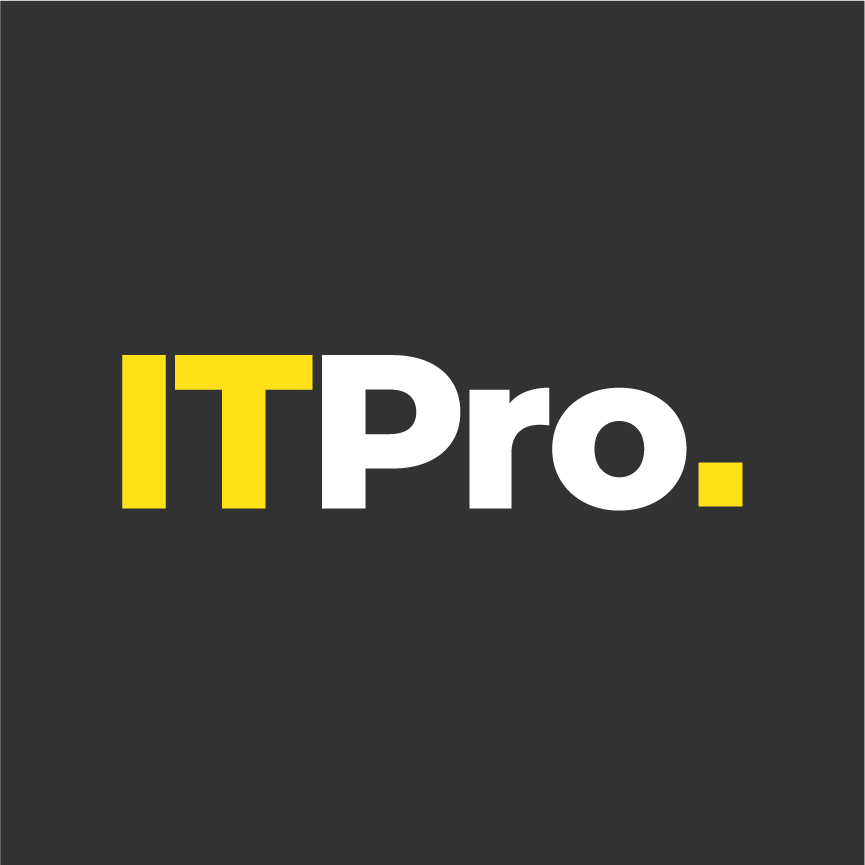The IT Pro Podcast: Surveying today's threat landscape
With an expanding attack surface, can you afford to neglect detection in favour of response?
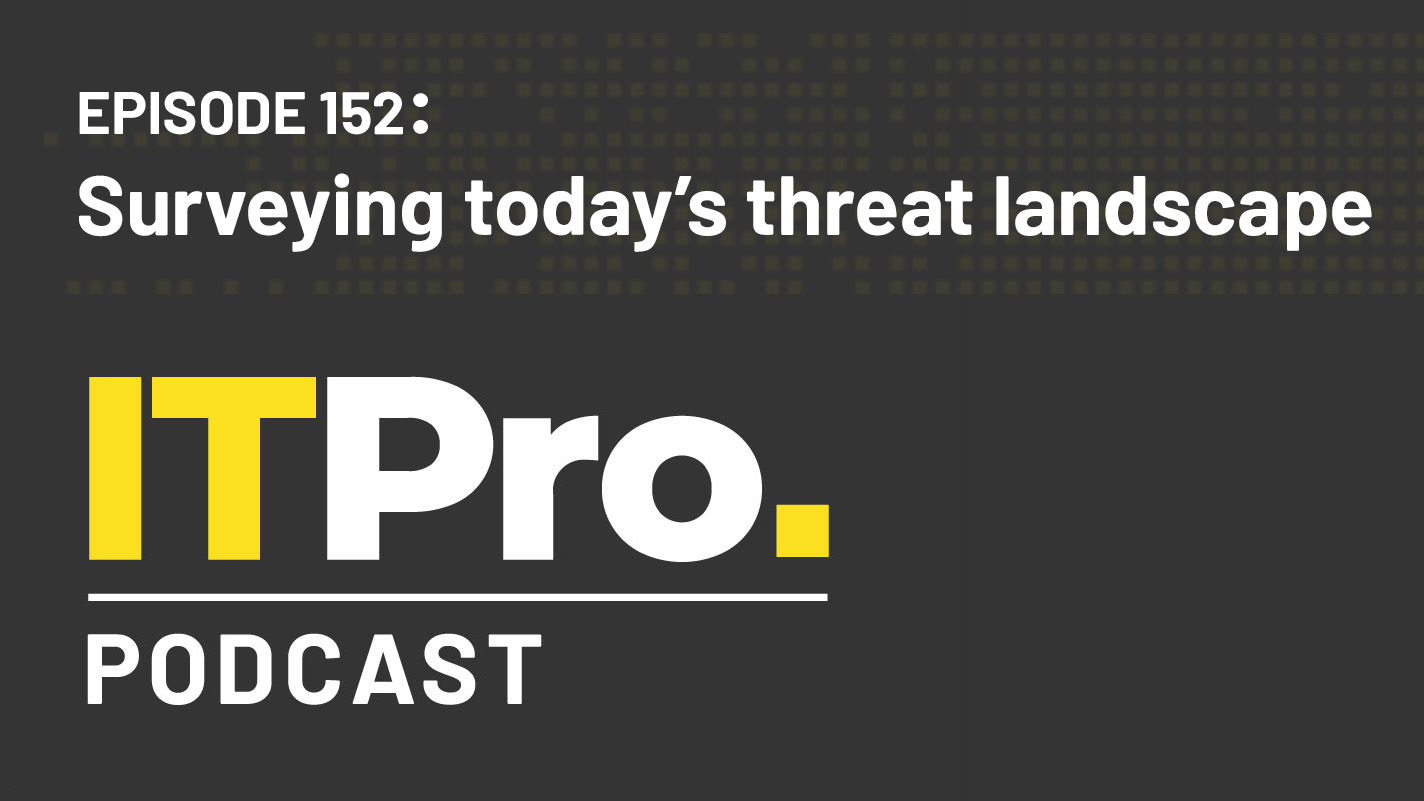
In a sector of changing priorities, cyber security remains at the top of the list in any boardroom. With the threat landscape presenting challenges old and new, and the increasing risk of entities such as state-sponsored hacking, it is essential that businesses carefully craft their cyber security strategy to keep ahead of the next big attack.
The speed that threats evolve now demands real-time action from companies, who must maintain oversight of their attack surface and maintain as many assets as possible against vulnerabilities such as Log4Shell.
This week, we spoke to Bernard Montel, technical director EMEA at exposure management firm Tenable, to discuss how businesses can tackle their threat surface area, and the biggest risks.
Highlights
“You will be surprised that a year after, we've done a study at Tenable, a lot of companies are still vulnerable to Log4Shell. It's not that they've been lazy. We've seen once one element, which is very important is called reinfection, they've fixed the vulnerabilities partially or completely, but they install new software, and new technology, and now suddenly, those new technologies unfortunately, were using a very old library of of Log4j.”
“I mean, this is the only way they have to force organisations to increase the level of security. If you go back, for example, to GDPR which came out from the EU. I mean, by applying GDPR everywhere, mechanically the level of security has increased. That doesn't mean that we have reduced the number of attacks, the number of attacks as well has increased, but if we all together try to upload the level or the greater level of security, then mechanically, you know, we are better prepared.”
“An organisation itself has more than 500,000 assets. How can you manage that? So, I would not blame them to not fix Log4Shell, that they didn't fix it in January or February. You know, we knew when Log4Shell came out how deep it was embedded into some of the technologies.”
Sign up today and you will receive a free copy of our Future Focus 2025 report - the leading guidance on AI, cybersecurity and other IT challenges as per 700+ senior executives
Footnotes
- The new wave of cyber security threats facing critical national infrastructure (CNI)
- Tenable Research Finds 72% of Organizations Remain Vulnerable to “Nightmare” Log4j Vulnerability
- Businesses urged to remain vigilant as Log4Shell issues persist one year on
- Microsoft says “it’s just too difficult” to effectively disrupt ransomware
- 'Systemic ID problems for 10 million Australians’ after Optus breach, warns minister
- Australia to increase maximum data breach penalty to $50 million
- MoD launches callout for tech to plug cyber security holes
- What is an SOC audit?
- What is GDPR? Everything you need to know, from requirements to fines
- Mastering endpoint security implementation
- What is big data analytics?
- What good AI cyber security software looks like in 2022
- How to use machine learning and AI in cyber security
Subscribe
ITPro is a global business technology website providing the latest news, analysis, and business insight for IT decision-makers. Whether it's cyber security, cloud computing, IT infrastructure, or business strategy, we aim to equip leaders with the data they need to make informed IT investments.
For regular updates delivered to your inbox and social feeds, be sure to sign up to our daily newsletter and follow on us LinkedIn and Twitter.
-
 Gender diversity improvements could be the key to tackling the UK's AI skills shortage
Gender diversity improvements could be the key to tackling the UK's AI skills shortageNews Encouraging more women to pursue tech careers could plug huge gaps in the AI workforce
-
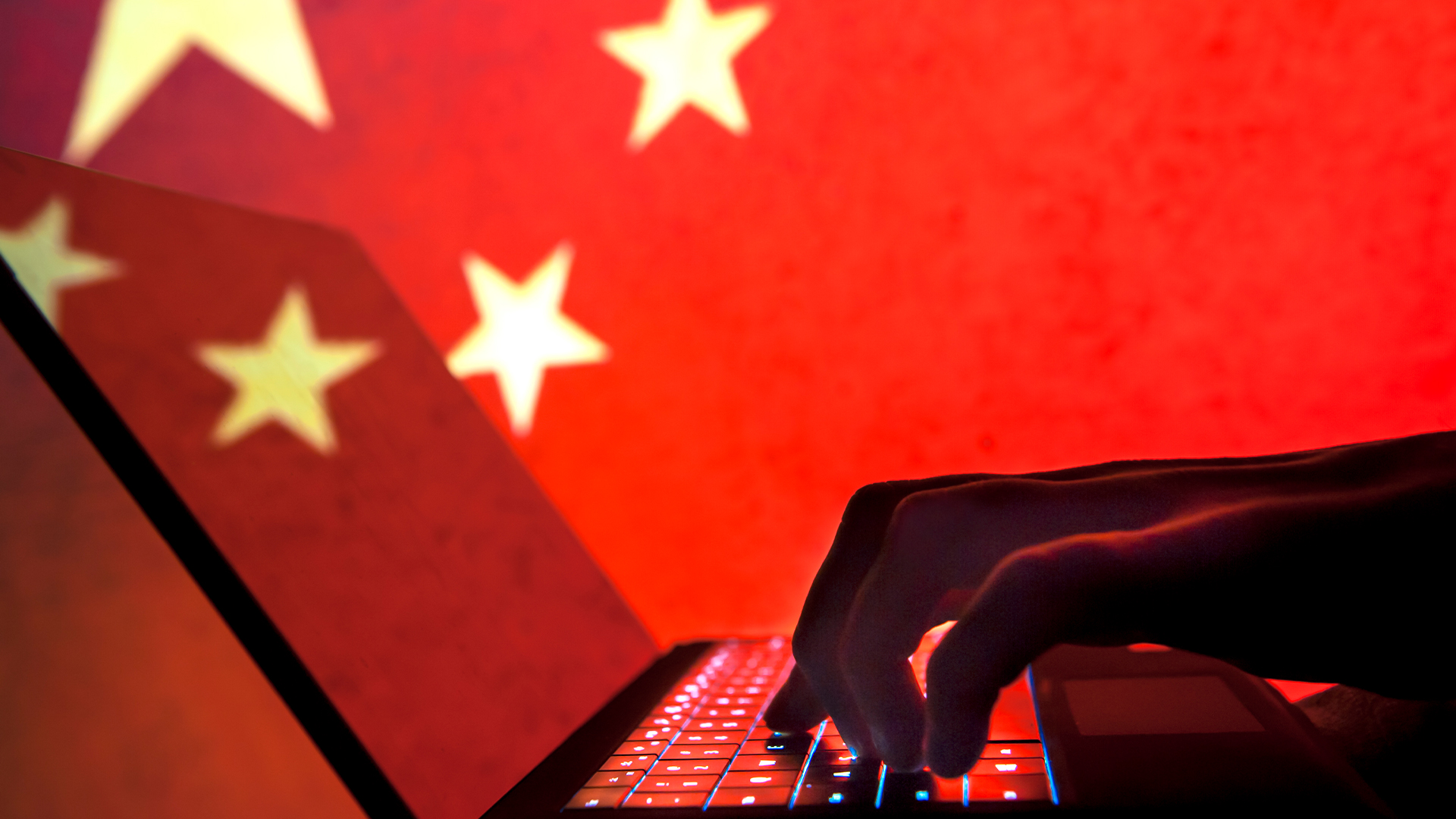 Researchers claim Salt Typhoon masterminds learned their trade at Cisco Network Academy
Researchers claim Salt Typhoon masterminds learned their trade at Cisco Network AcademyNews The Salt Typhoon hacker group has targeted telecoms operators and US National Guard networks in recent years
-
 November rundown: CrowdStrike's insider threat
November rundown: CrowdStrike's insider threatITPro Podcast As CrowdStrike grappled with a malicious employee, Cloudflare suffered a major outage
-
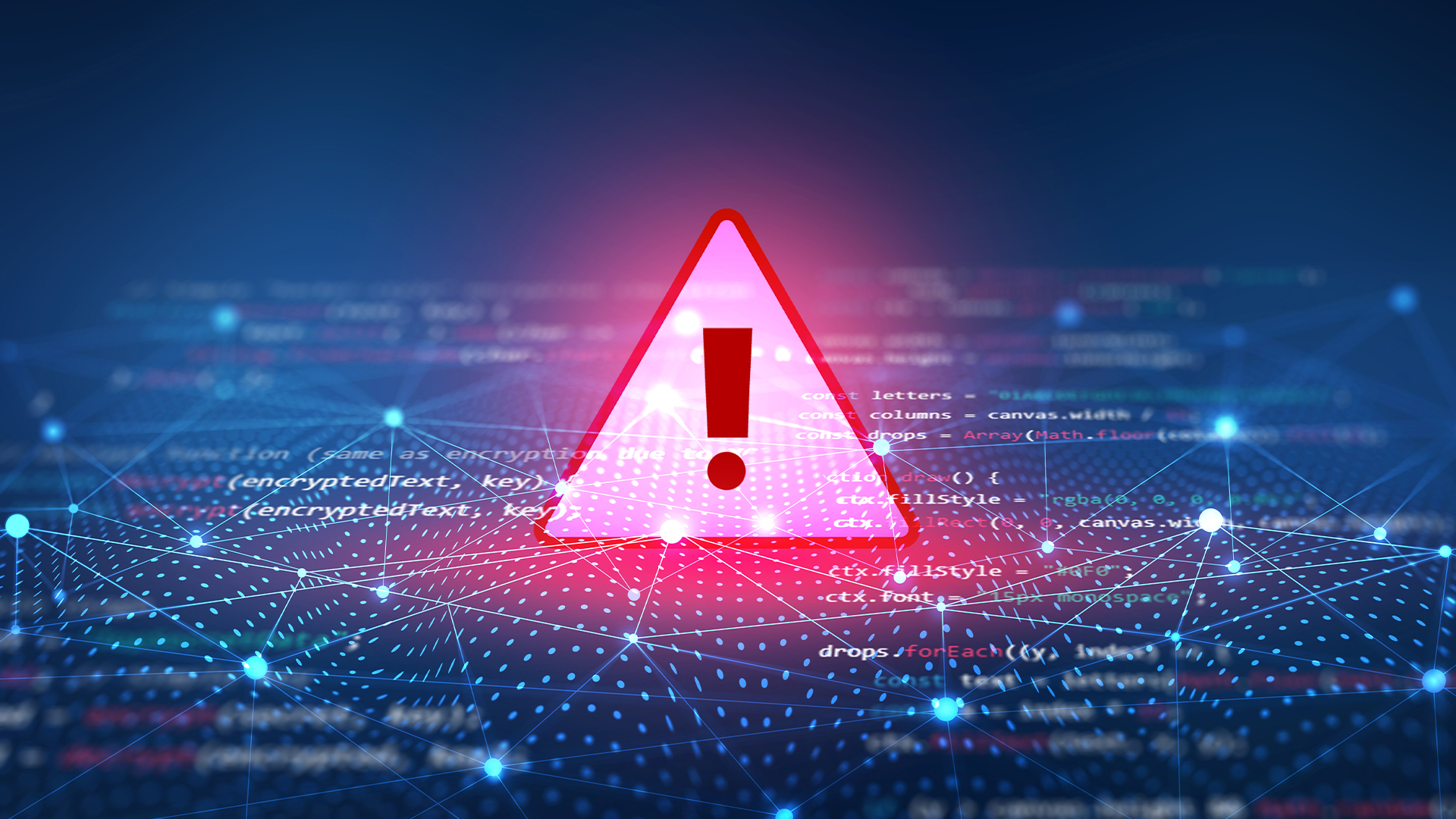 Security experts claim the CVE Program isn’t up to scratch anymore — inaccurate scores and lengthy delays mean the system needs updated
Security experts claim the CVE Program isn’t up to scratch anymore — inaccurate scores and lengthy delays mean the system needs updatedNews CVE data is vital in combating emerging threats, yet inaccurate ratings and lengthy wait times are placing enterprises at risk
-
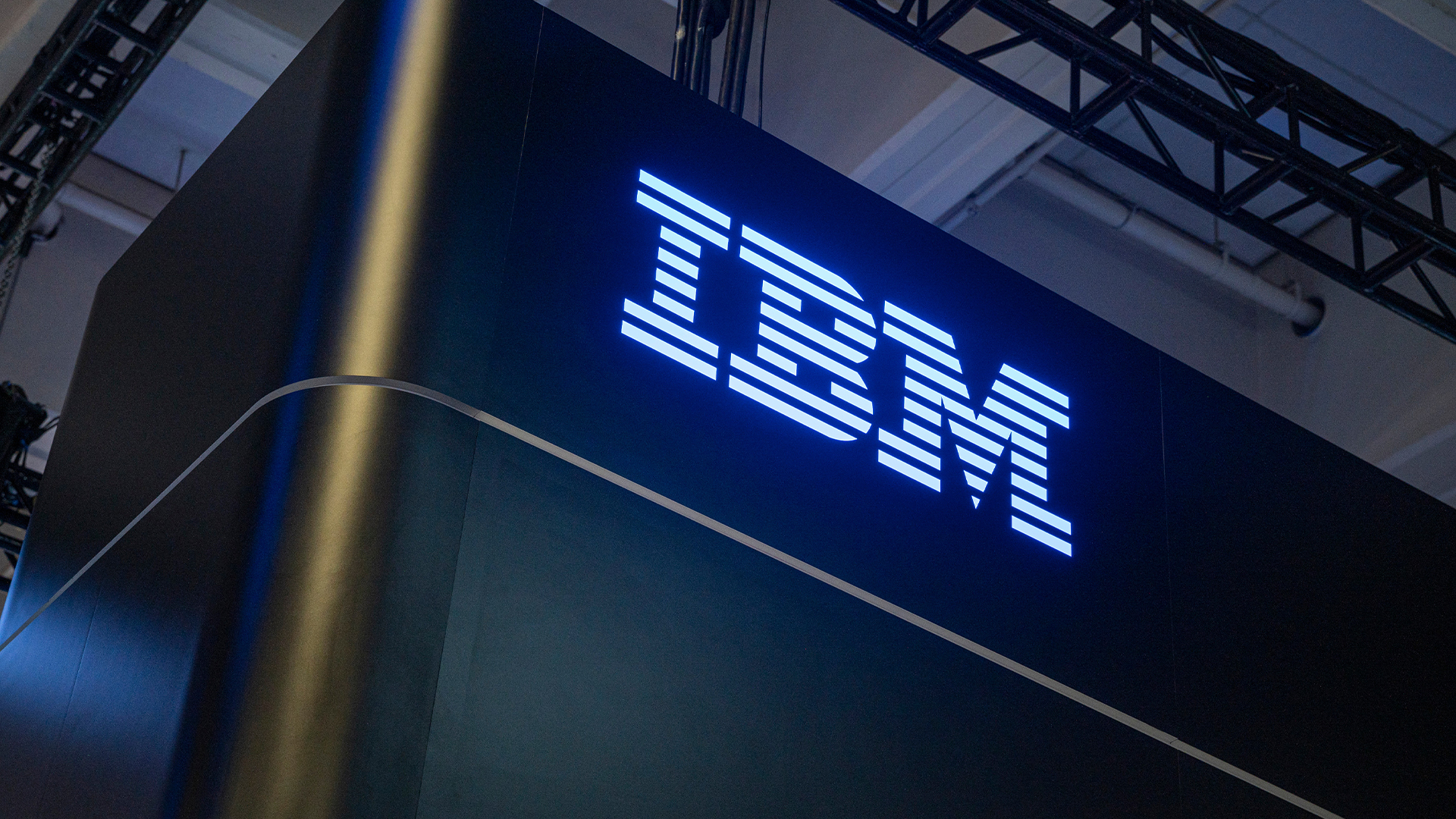 IBM AIX users urged to patch immediately as researchers sound alarm on critical flaws
IBM AIX users urged to patch immediately as researchers sound alarm on critical flawsNews Network administrators should patch the four IBM AIX flaws as soon as possible
-
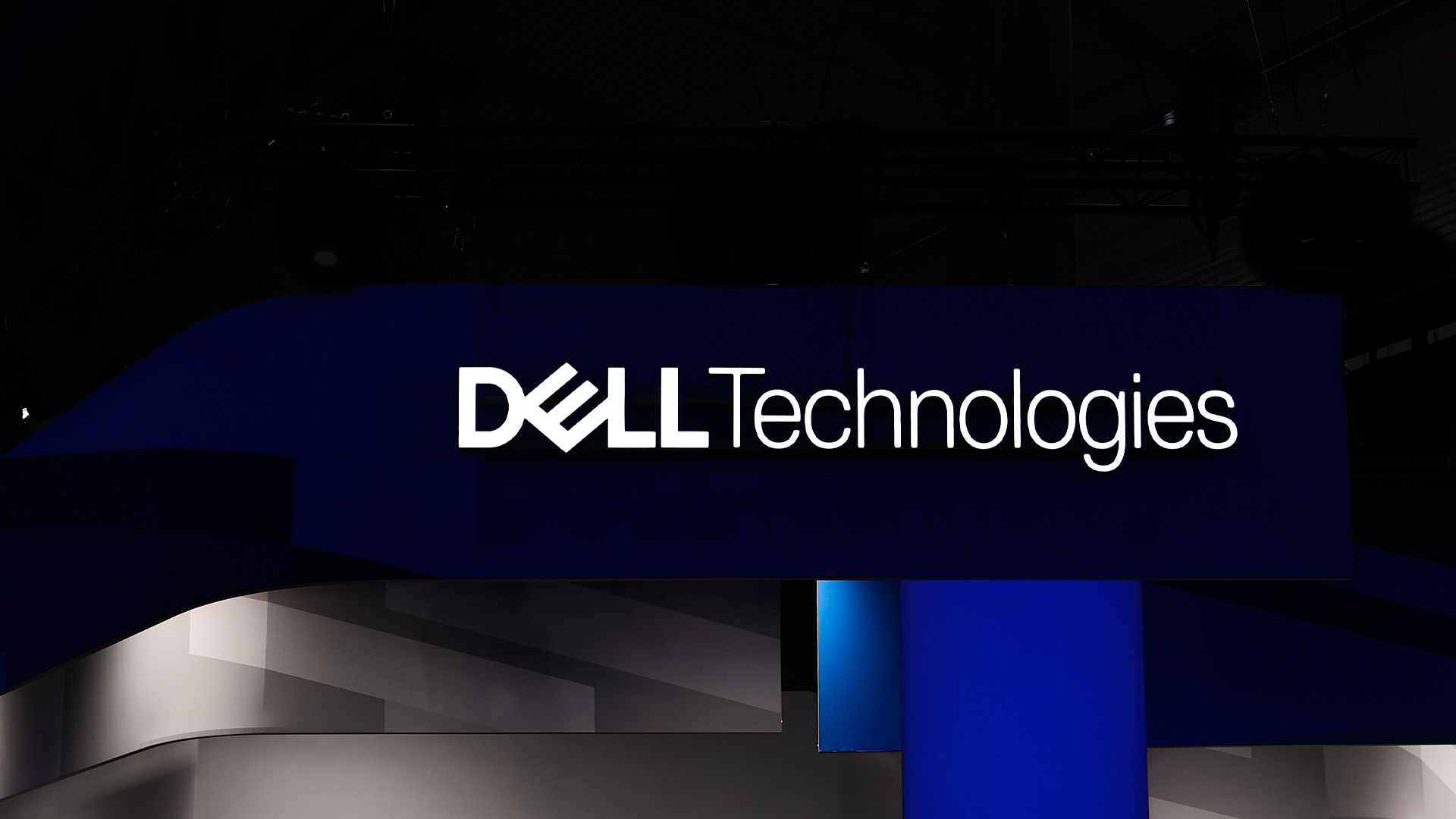 Critical Dell Storage Manager flaws could let hackers access sensitive data – patch now
Critical Dell Storage Manager flaws could let hackers access sensitive data – patch nowNews A trio of flaws in Dell Storage Manager has prompted a customer alert
-
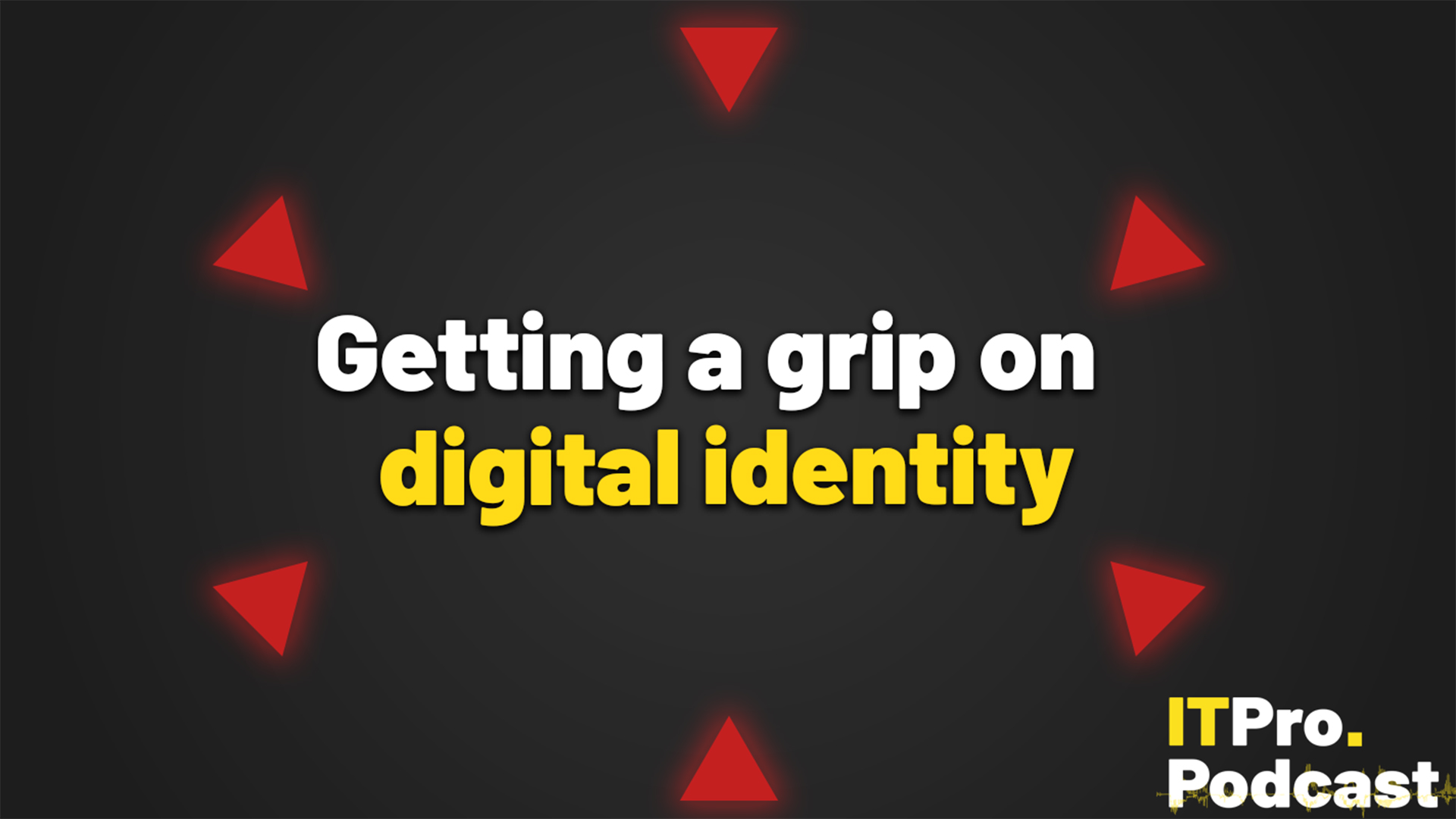 Getting a grip on digital identity
Getting a grip on digital identityITPro Podcast As AI agent adoption explodes, security leaders will need better identity controls than ever before
-
 Let’s talk about digital sovereignty
Let’s talk about digital sovereigntyIn the age of AI and cloud, where data resides is a key consideration
-
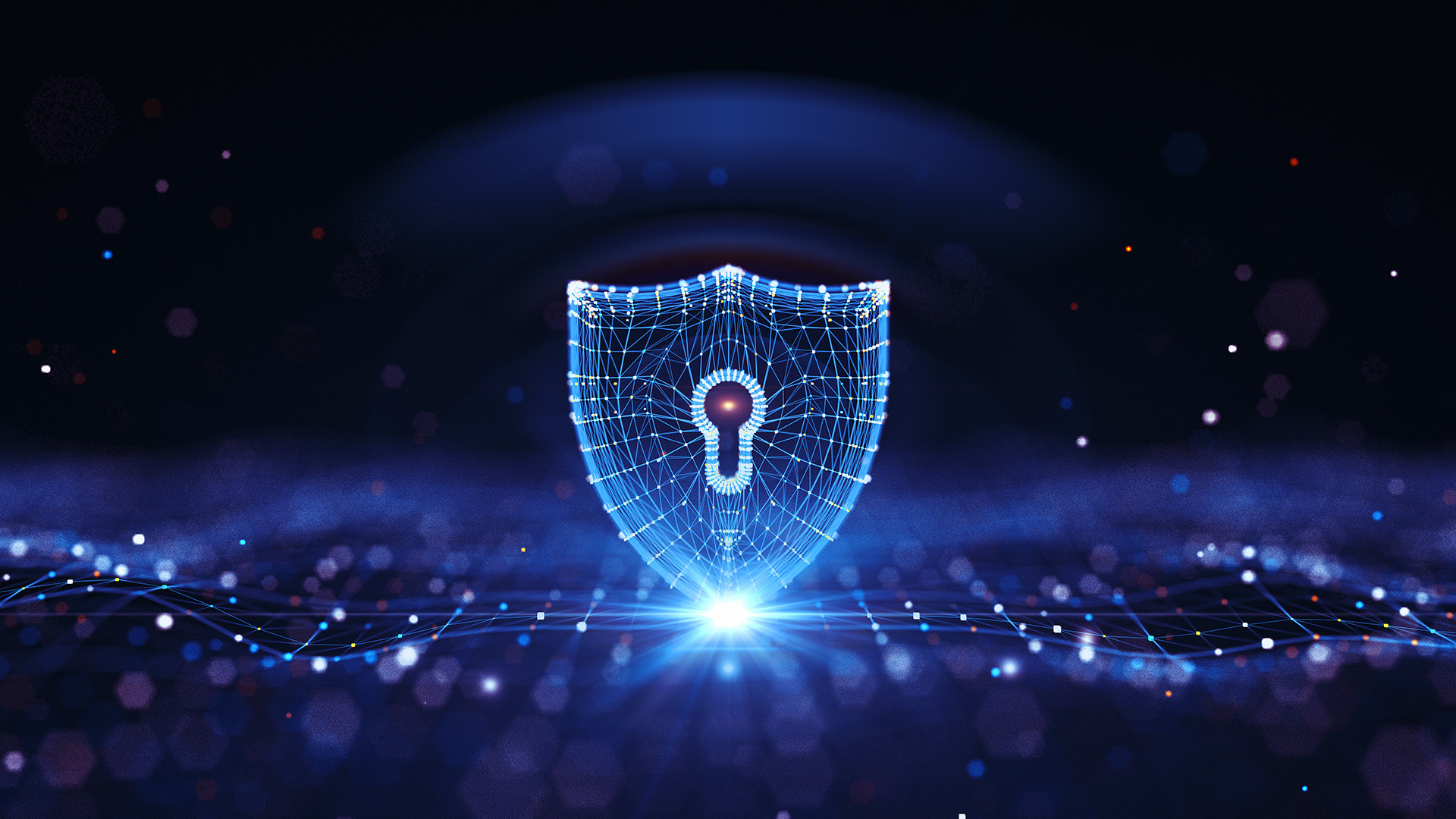 Blackpoint Cyber and NinjaOne partner to bolster MSP cybersecurity
Blackpoint Cyber and NinjaOne partner to bolster MSP cybersecurityNews The collaboration combines Blackpoint Cyber’s MDR expertise with NinjaOne’s automated endpoint management platform
-
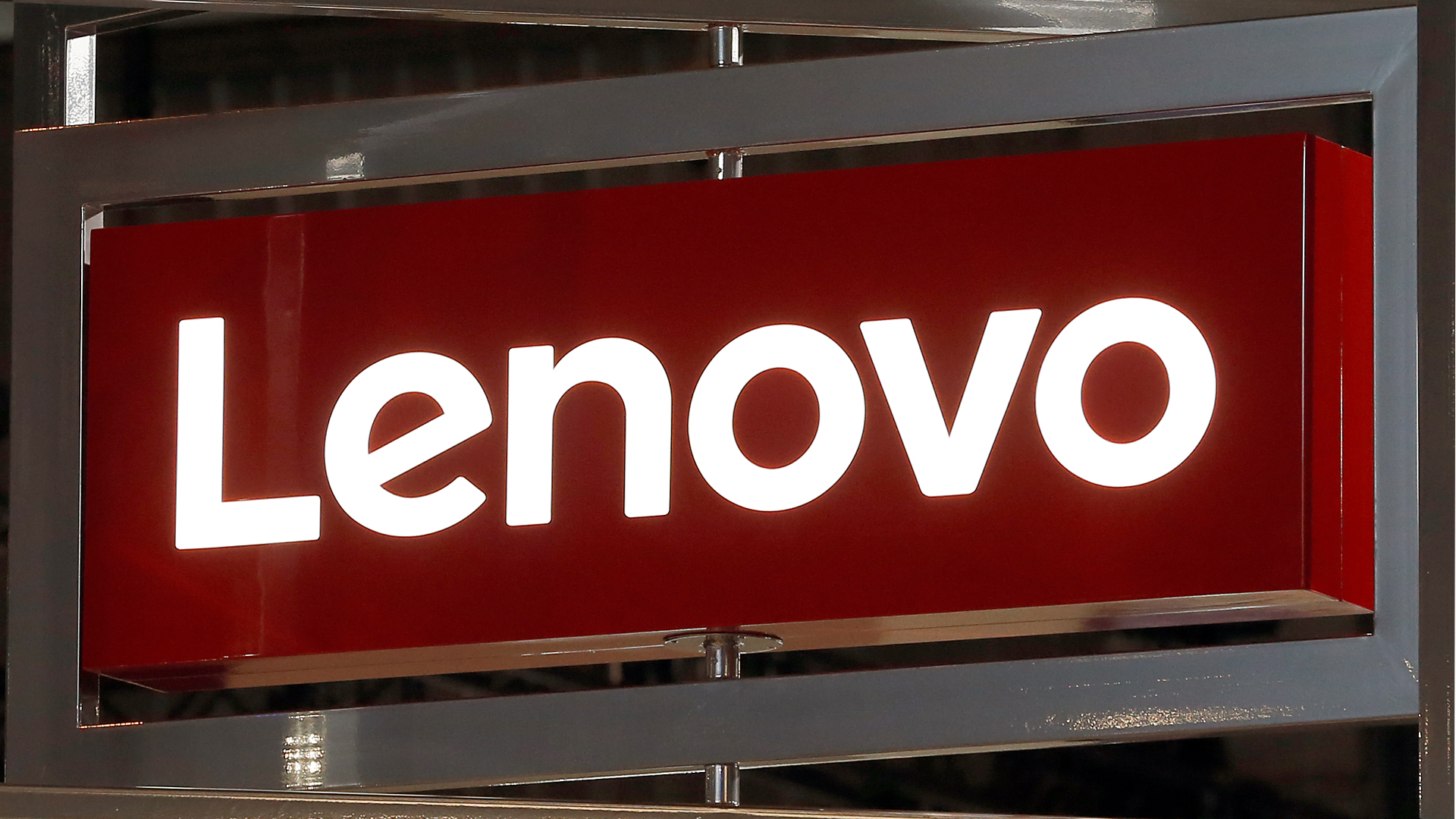 Flaw in Lenovo’s customer service AI chatbot could let hackers run malicious code, breach networks
Flaw in Lenovo’s customer service AI chatbot could let hackers run malicious code, breach networksNews Hackers abusing the Lenovo flaw could inject malicious code with just a single prompt

